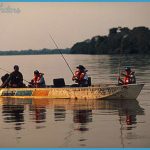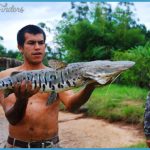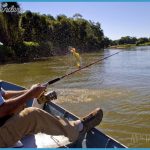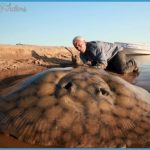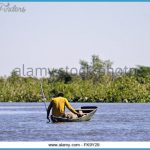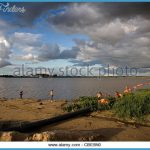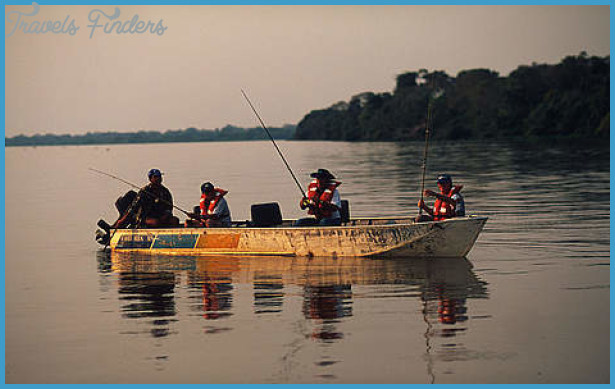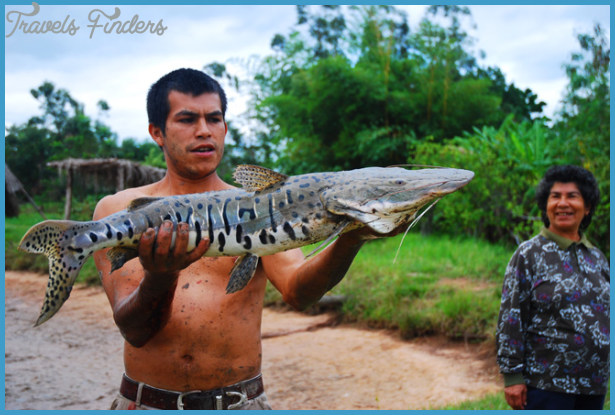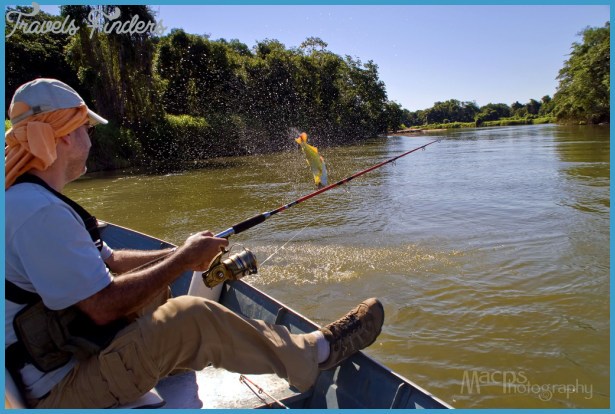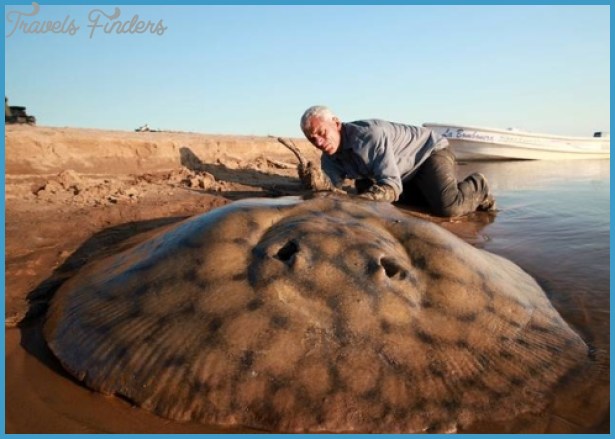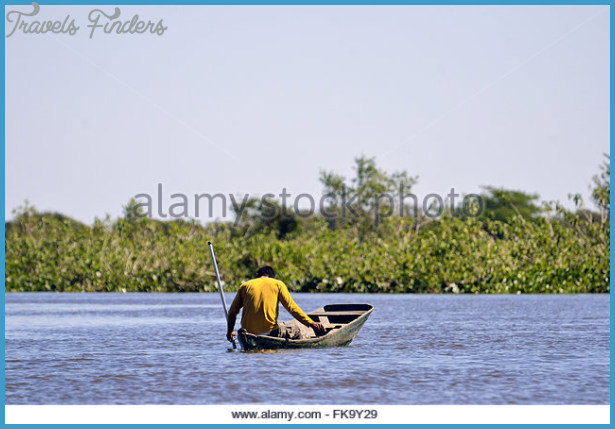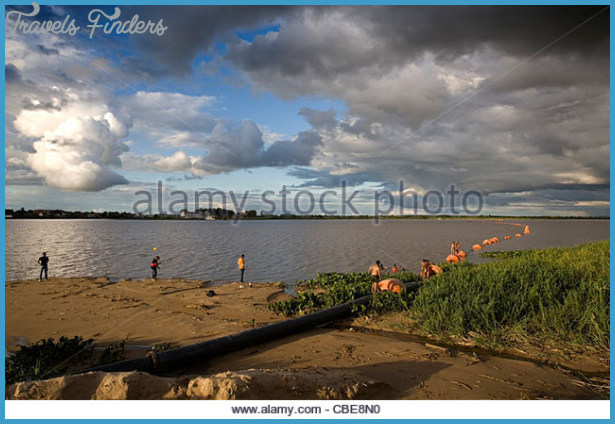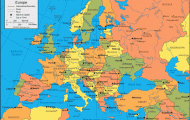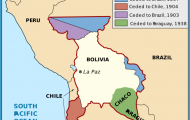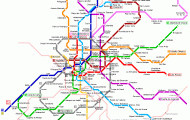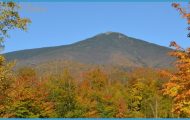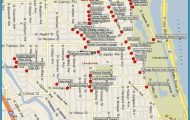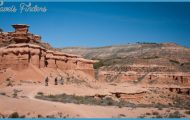Subsistence Fishing: Indigenous communities have survived for hundreds of years along the banks of the Paraguay
River, and fishing is an integral part of their culture and tradition. You will see many people, including small children, fishing from the river banks, often using nothing more than a line with a hook. Others fish in the river itself, silently weaving through the water hyacinths in small wooden canoes and row boats. Many prefer to improve their odds with large nets stretched across the water. In theory there is a fishing ban in place from November to December, although for many respecting the veda is problematic as it means giving up a significant source of food and income.
Sport Fishing: Paraguay has yet to exploit the river’s plentiful fish for sport fishing purposes. Most sport fishing boats along the river depart from Brazilian town of Porto Murtinho (opposite Carmelo Peralta). A number of Porto Murtinho based tour operators offer multi-day fishing trips on the river that include daily fishing excursions in motorboats accompanied by private fishing guides and cabins with amenities such as air conditioning and television.
Eating Fish: Given the prevalence of fish, it can be surprisingly hard to find restaurants serving fish based dishes. Savoring the river’s bounty takes advanced planning. Ask around for suggestions on the best place to eat fish and then notify them of your desire to eat a fish based meal (a couple of hours advanced notice should do). Make sure to prearrange a price and find out just how much you will be getting – a plate or a pan-full. Chupm de pescado is a casserole made with tomatoes and onions, topped with melted cheese. It is almost always a good choice, especially when made with subt
Along with the more enjoyable and welcome animals, there are plenty of insects. Mosquitoes are particularly abundant during the rainy season, and turning a headlamp on at night will inevitably result in being swarmed by flying insects of all sorts. Repellant and protective clothing will allow you to concentrate more on sightseeing than bug swatting.
Lilac flowered water hyacinths (known as camalotes in Spanish, aguape or aguapey in Guarani), float along the river providing protection for birds and other animals. Massing together into camalotales these plants create an ever shifting labyrinth that is fascinating to watch but presents a real navigation challenge for smaller boats. They can sometimes block the entrance to narrow tributaries entirely – anyone journeying past Bahia Negra to the shallow Negro River needs to make sure their motorboat is properly equipped to handle this possible complication.
From high points it seems the Pantanal is an ocean of palm trees, called karanday. These trees are used to their maximum potential by the area’s inhabitants. Most houses are constructed from karanday, and the indigenous use the palm’s leaves to weave baskets, hats, and other goods, some for utilitarian purposes and others for sale to tourists.
Although greatly reduced by exploitation from the tannin industry (see Carlos Casado and the Tannin Industry), there are still significant quebracho forests in the region.
For more information on the Paraguayan Pantanal check out Gran Pantanal Paraguay written and photographed by wildlife photographer (and former Peace Corps Volunteer) Emily Horton.
The dry season (April to September) is the best time to visit the Pantanal; roads are more reliable and the temperatures less sweltering, making for a more comfortable and accessible experience. The end of the dry season is particularly good for birding as this is when birds are nesting. During the rainy season, travel to the Pantanal is very difficult due to road conditions. The intense heat and increased presence of mosquitoes are also contributing factors for making the rainy season less than ideal. Should you visit the Pantanal between October and March, expect most of your travel to be done by boat.

